What Are Fingernail Ridges and How Can You Get Rid of Them?
March 03, 2023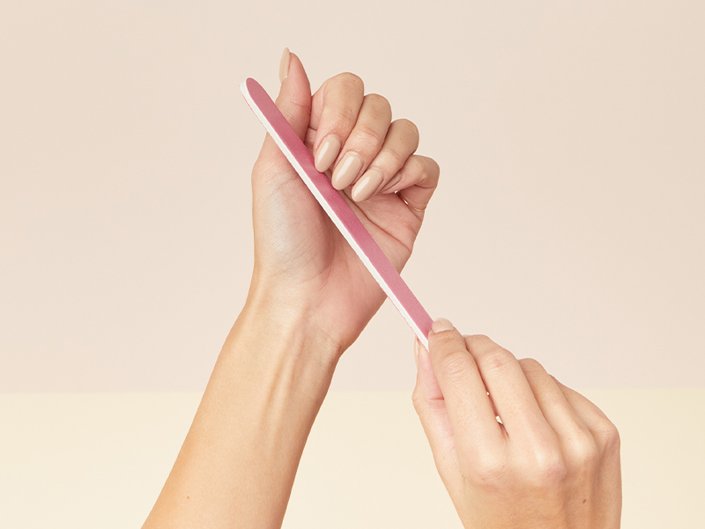
Even if you’ve mastered your nail polish-painting technique, achieving a smooth, flawless at-home manicure can be difficult if your nails aren’t even to begin with. Fingernail ridges can make a mani look bumpy or streaky no matter how impressive your skills may be. While it’s not always possible to get rid of nail ridges, you can learn to work with them. To find out what causes ridges in fingernails, the difference between vertical and horizontal ridges and how you can smooth them, we spoke to Dr. Dana Stern, a board-certified dermatologist and founder of nail-care brand Dr. Dana. Dr. Dana is the only dermatologist in the US who specializes in all things related to nails, from treatments and diagnosis to surgery.
What Causes Fingernail Ridges?
Dr. Dana calls nail ridges the “wrinkles” of fingernails. When parts of the nail become thinner, which can happen as a result of aging and/or genetics, she explains that ridges can start to form along the nail bed. The medical term for nail ridges is onychorrhexis, which is a clinical sign of brittle nails.
“Polish removers in particular can cause severe dehydration of the nail, leading to exacerbation of ridging,” says Dr. Dana. “This is especially true for pure acetone removers.” Pure acetone is typically used to remove gel and acrylic nails, which is something to keep in mind if you get these nail enhancements done frequently.
“Exposure to chemicals and excessive water (for instance, from a lot of hand washing) can also exacerbate ridged nails,” says Dr. Dana. Besides hand washing, alcohol-based hand sanitizers can be another culprit of dry, brittle nails and the resulting ridges.
Physical trauma to the nail, such as hitting the nail against a hard surface or slamming a nail in a drawer (ouch!) can cause temporary ridges as well.
“Ridges are almost always due to or exacerbated by the aforementioned causes, but rarely they can be seen in certain inflammatory conditions such as lichen planus,” says Dr. Dana. “In that case, the onset tends to be more rapid and there is also accompanying thinning of the nail.” Other causes for sudden and severe nail ridges include anemia and thyroid issues, but again, Dr. Dana notes that these are very rare causes. If your ridges are horizontal, appear suddenly and are not from physical trauma like hitting a nail on a hard surface, there’s a chance they could be a sign of a medical issue. If this is the case, consult with your doctor or board-certified dermatologist.
What Do Fingernail Ridges Mean?
“Most commonly [fingernail ridges] are due to aging and/or genetics and do not signify a serious internal disease,” says Dr. Dana. If you are concerned about the severity or the sudden onset of your fingernail ridges, consult your doctor or a board-certified dermatologist.
Types of Fingernail Ridges
There are two common types of fingernail ridges. There are longitudinal ridges, also known as vertical nail ridges. There are also horizontal nail ridges. Below, Dr. Dana breaks down the causes for both.
Vertical Nail Ridges
“Usually when we refer to nail ridges, we are referring to longitudinal ridges,” says Dr. Dana. Longitudinal, or vertical nail ridges, are a result of aging, genetics and the common causes listed above. They are typically a sign of dry and brittle nails, which can sometimes happen as a result of exposure to excess water and alcohol-based products. They are not typically a cause for concern, though again, it’s always best to check in with a board-certified dermatologist or doctor about any sudden changes or concerns.
Horizontal Nail Ridges
A horizontal indentation in the nail is called a Beau’s line. Dr. Dana says that these deep grooved lines are due to a “temporary growth arrest” of the nail, which typically happens due to illness, injury or some form of trauma to the nail. Basically, the nail growth is cut short due to some form of damage to the nail. Usually, Beau’s lines are temporary and not harmful, nor are they always indicative of a current health issue. They will often grow out on their own in time, but if you are worried about them, it’s advised to check in with your doctor or a board-certified dermatologist.
How to Treat Fingernail Ridges
Fingernail ridges won’t always go away, especially if they’re a result of aging or genetics, but there are some ways to minimize the appearance of them. Below, find suggestions from Dr. Dana and Rita Remark, a New York-based nail artist and global lead educator at Essie.
Moisturize Your Hands and Nails
Keeping your nails nourished and healthy can help strengthen them and improve their appearance. Stash a tube of hand cream in your purse, on your desk, by your bed — anywhere you’re likely to reach for it and reapply it throughout the day. Be sure to apply lotion after you wet your hands, as hand-washing is a common culprit for dry skin. If you’re in need of a good hand cream recommendation, we swear by the La Roche-Posay Cicaplast Hand Cream for Dry Hands & Damaged Hands. The formula is packed with shea butter, an emollient ingredient that leaves skin smooth and velvety soft, in addition to soothing niacinamide and glycerin, a humectant that draws moisture into the skin. It hydrates for up to 48 hours, is fragrance-free and dermatologist-tested for sensitive skin.
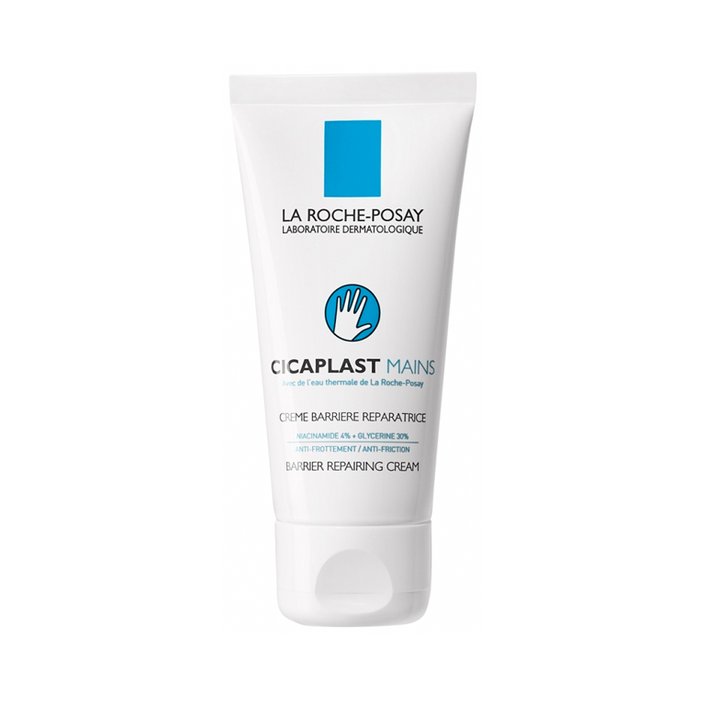
Don’t Forget to Care for Your Cuticles
When it comes to tackling nail ridges, cuticle care is another important step. You can massage a hydrating cuticle oil, such as the Essie On a Roll Apricot Cuticle Oil, onto your nail beds and cuticles twice a day for maximum hydration. The mess-free tube applicator makes this one easy to roll on while you’re on the go. The formula is full of conditioning ingredients like apricot kernel oil, jojoba seed oil and sunflower seed oil. As a bonus, applying cuticle oil can help extend the wear time of your manicure.

Buff Out Your Nails
To help even out the surface of the nail, Remark recommends using a buffing block to smooth away ridges. “Just make sure not to over-buff, especially if your ridges are deep,” she says. “This can really thin out the nail plate.” You can buff your nails before you polish them to ensure a smoother manicure. This four-way buffing block from Amazon helps smooth ridges, buff out the surface of the nail and restore shine before your manicure. Plus, it’s only $4, making it a budget-friendly addition to your at-home nail-care routine.
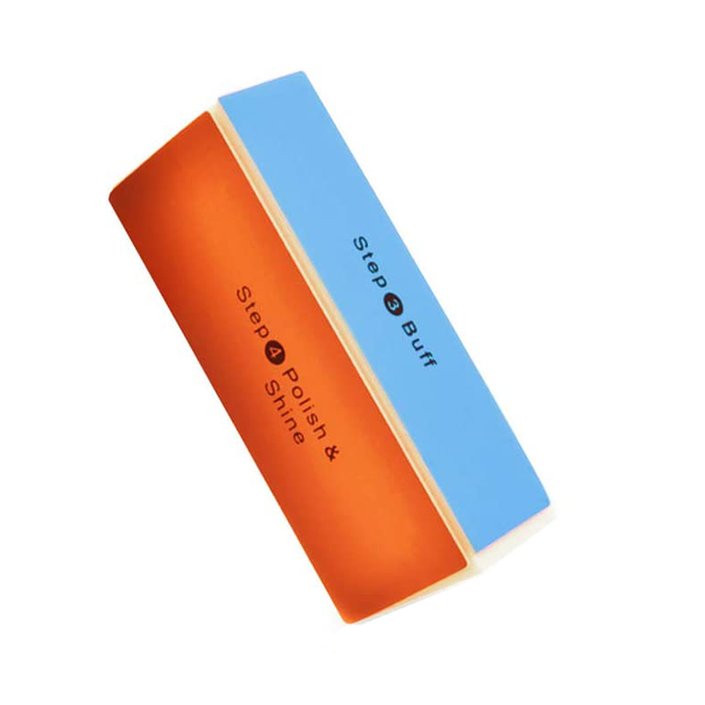
Limit Water Exposure
Frequent water exposure can dry out your hands and nails and lead to a brittle, ridged appearance. Try to limit your hands’ exposure to water — especially hot water. Cover your hands with gloves when you’re washing dishes, and limit excessive hand-washing as much as you can.
Limit Your Use of Alcohol-Based Hand Sanitizers
Alcohol-based hand sanitizers can dry out the skin on your hands and around your nails, which can result in ridges, according to Dr. Stern. Try to limit your use of alcohol-based hand sanitizers, and look for options that also have hydrating ingredients. We’re partial to the Touchland Hydrating Hand Sanitizers, which come in a wide variety of fruity scents and balance ethyl alcohol with soothing aloe vera. You can also look for hand sanitizers that claim to be “alcohol-free” on the label, though it’s important to note that alcohol is responsible for killing most common germs.

Apply a Smoothing Base Coat
A smoothing base coat on bare nails or underneath nail polish will fill in ridges and provide a sleek, even finish. Remark suggests using the Essie Smooth-e Base Coat, a ridge-filling base coat that preps and fills in indentations in your nails. It’s loaded with ceramides, which replenish much-needed moisture to your nails.
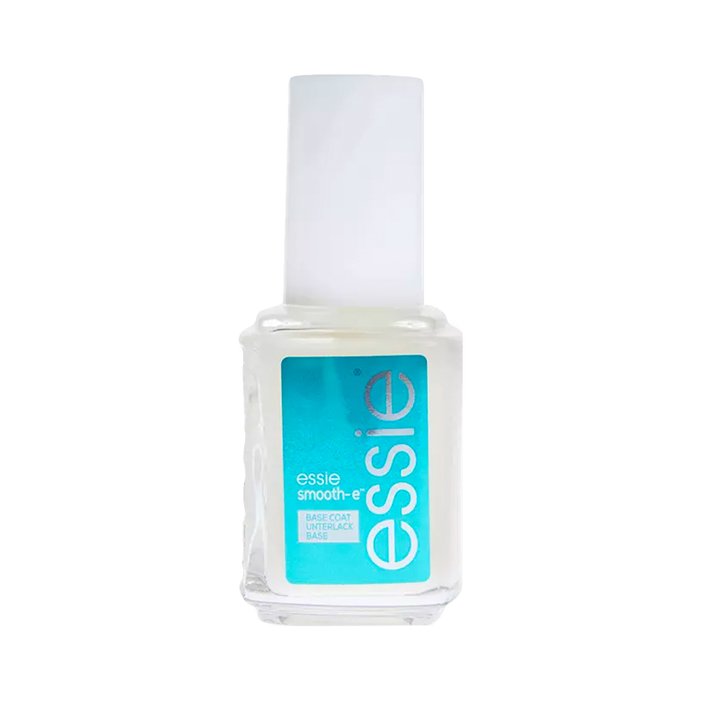
Use a Nail Treatment System
To give your nails some extra TLC, try the Dr. Dana Nail Renewal System, a three-step nail treatment plan that “combats brittle nails and ridges immediately reveals a healthy, hydrated, youthful shine,” says Dr. Dana. The first step is a treatment that exfoliates the nail bed with glycolic acid — Dr. Dana calls it “a facial for your nails.” In step two, you can buff out your nails using a gentle, tri-grit file, which smooths the nail beds and preps them to absorb the final nail treatment, a deeply hydrating gel-oil. The kit lasts for three months with weekly use and only takes 10 minutes to use.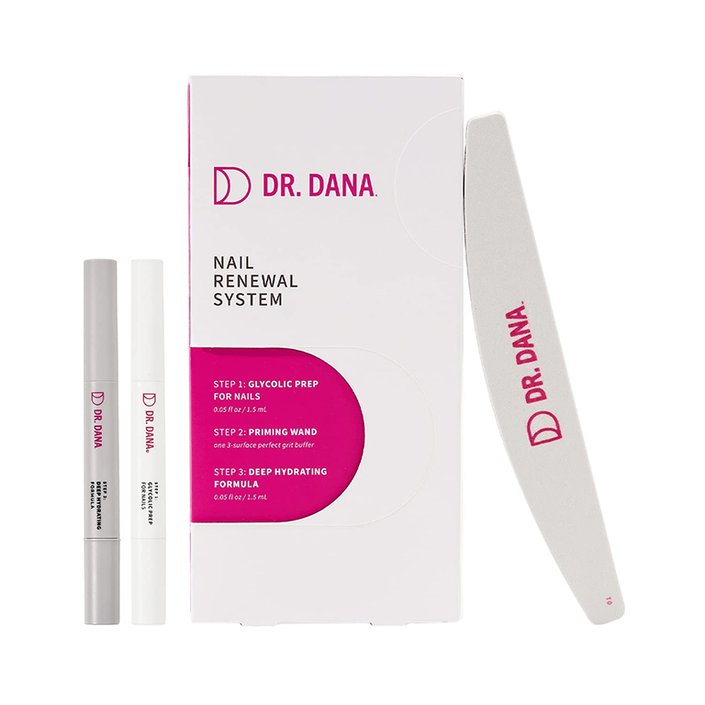
Avoid Metallic and Chrome Nail Polishes
As trendy as chrome manicures may be, they’re not always the best choice if you’re looking to draw attention away from nail ridges. “I recommend that you avoid any metallic or chrome polishes, as these can shine a light on ridges, rather than conceal them,” says Remark. Instead, try a high-shine nail color in a sheer or cream finish, like Essie Gel Couture Haute to Trot 150.
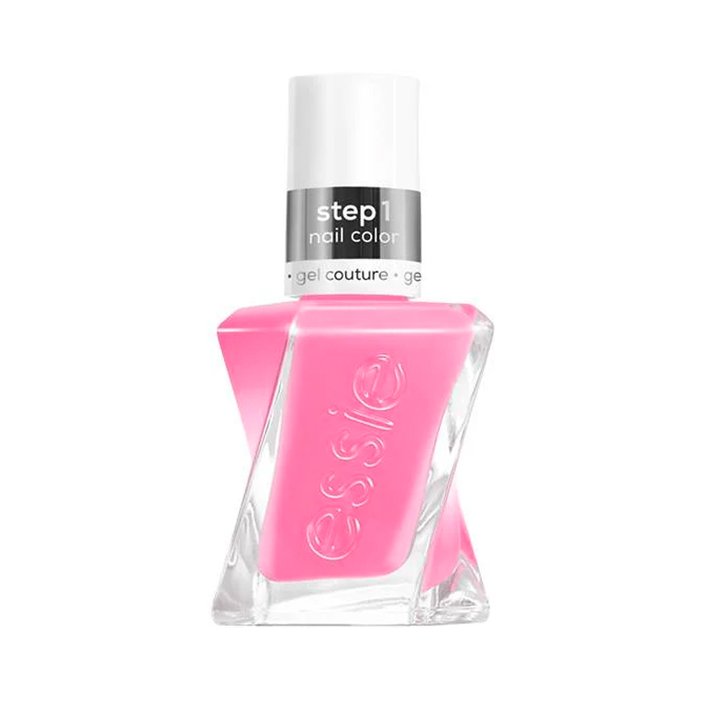
Apply a Thick Top Coat to Nails
After you paint your nails with your polish of choice, finish with a thick, viscous top coat like Essie Gel Setter to help further even out the nails. Not only will this smooth the look of ridges, it will help your manicure remain glossy and chip-free longer.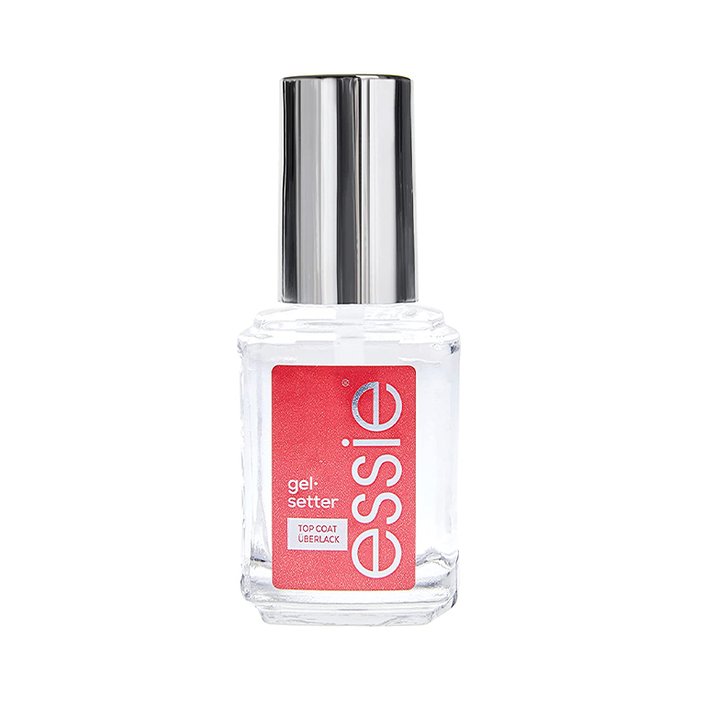








c00c.jpg)





















